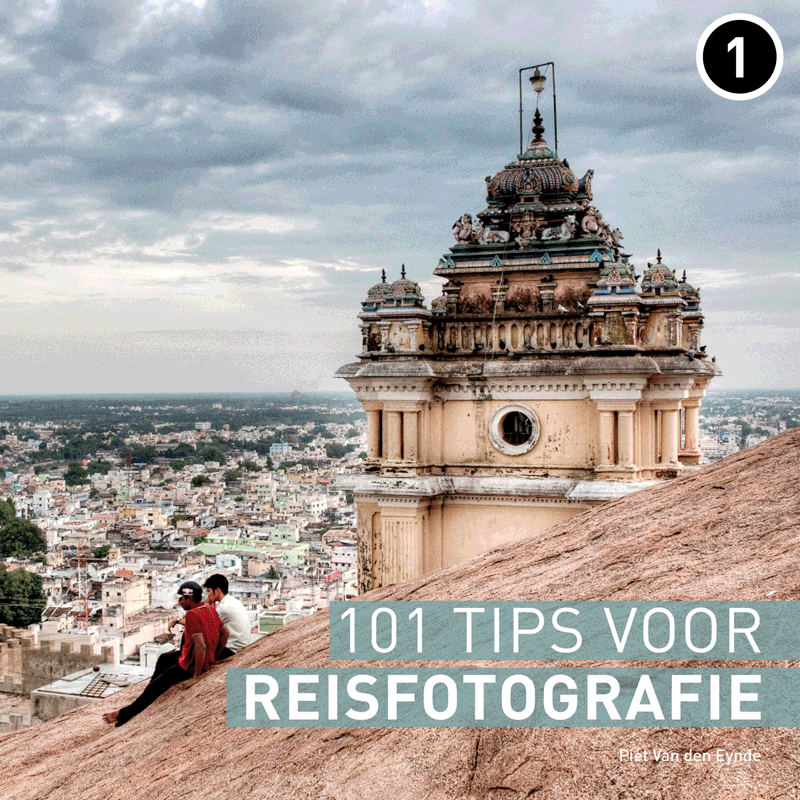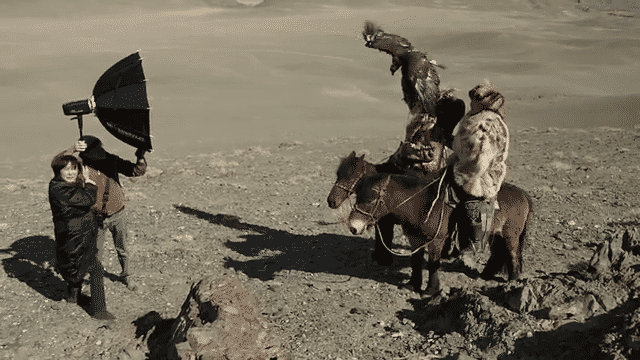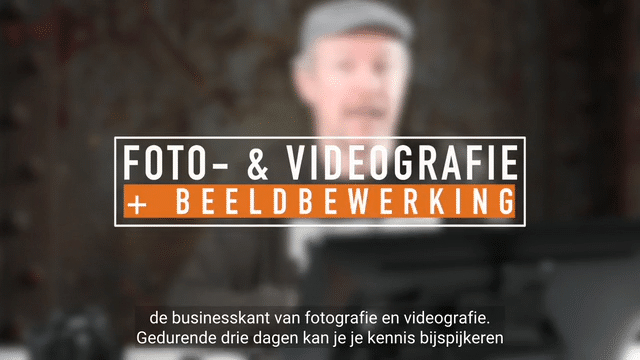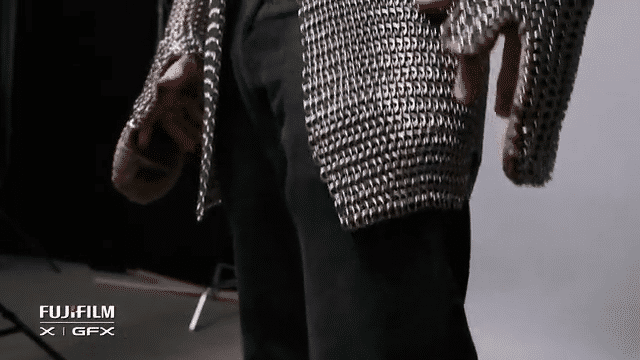After my blog post about my first six months with the X-Pro 2 went online, a number of people asked me how I lit my Varanasi portraits. So I thought this would make an excellent subject for a blog post.
One flash, big or small
In 90 percent of my shots, I use only one artificial light. Depending on how much power I need, this can be a powerful portable, battery powered studio strobe like the Jinbei HD600 (reviewed here) or a simple speedlight. With my X-Pro 2, the latter will generally be a Godox Ving V850 (reviewed here) or a Cactus RF60, triggered by a Cactus V6 transmitter (reviewed here).
However, as the opening image shows, this does not mean I only have one light source in my shot. On sunny days, I'll generally pose my subject with his back towards the sun. Then, I'll underexpose the ambient. This kills two birds in one stone. First of all, the sun makes for a nice rim light, separating my subject from the background.
Obviously, if you'd do this without flash light, your subject would be in the shade. But that's where the flash comes in! I generally work in manual mode, both on my ambient exposure as on my flash exposure. After having set the background exposure the way I like it, I'll start adjusting the flash power until it looks right to me.
That's one of the reasons why I love Electronic Viewfinders so much: they can give me a preview of the ambient exposure and they also give me a glare-free, reflection-free review of the image in the viewfinder, immediately after I've taken the shot. Ever tried reviewing the image you just made on a DSLR screen in the blazing sun? I rest my case.
Positioning the flash
I love me some drama in my shots. So I'll rarely put the flash behind me. Most of the time, my flash will come from a 45 degree angle or even more, because that lets me create some drama in the face of my subject and it gives a nice triangle of light under the eye on the shadow-side of the face, the famous 'Rembrandt-look'.
Sometimes, I'll have my subjects look straight into the camera, but whenever possible, I prefer to have them look slightly off-camera. When you position your subject that way, you have two ways of lighting them: you can either light the side of the face that's directed towards the camera, or you can light the side of the face that's turned away from the camera. The first is called broad lighting and the second is called short lighting.
FUJIFILMX-Pro2 | XF16mmF1.4 R WR | 1/250 sec. @ f/1.8 | ISO 200
In the opening image, the flash and softbox were just outside of the frame, to the left. In this image, the flash is to my right, lighting the side of the face that's turned towards the camera. The result is a much flatter looking image.
The latter makes for a much more dramatic look. Compare the opening image of the rickshaw driver (which used the short lighting technique) to this one here, which was lit with broad lighting.
When I shoot against the sun, I'll also try to put my flash diagonally opposite to the sun, and have my subject stand in between them. This diagonal lighting technique is called cross lighting. If this means I have to move my subject, so be it. Of course, in the mean time, I take the background into consideration, too. This makes that sometimes, I'll revisit a certain scene later that day or earlier the following day to assure the best possible combination of sun and background. If there's no sun, I'll recreate the cross-lighting scheme using two flashes
The 'short'-cross-lighting technique in action. The light falling on this sadhu's shoulder is the sun.
Modifiers
My two SMDV speedboxes in action. The small one on the right is the SMDV Speedbox 70, equipped with a grid. The big one on the left is the SMDV Alpha 110.
Recently, I have discovered the fantastic line-up of modifiers by a company called SMDV. In Varanasi, I used both their SMDV Speedbox 70 and their SMDV Alpha Speedbox 110. The first is aimed at speedlight, the second has a Bowens mount and is aimed at bigger studio lights. They are strong, reliable and can be set-up in under 30 seconds. This means a lot if you're constantly moving around. And, better still, breaking them up is done in literally two seconds. You just press a couple of buttons and off you go.
FUJIFILMX-Pro2 | XF50-140mmF2.8 R LM OIS WR | 1/250 sec. @ f/5.0 | ISO 400
This image only has one light in it: the Jinbei HD 600 fired through the SMDV Alpha 110 softbox.
Postprocessing was done with one of my Colorific Color Grading Presets for Lightroom.
But maybe the best thing about the SMDV Speedboxes is that both of them can be gridded. Especially in the narrow Varanasi alleyways, this can make for a huge difference and lets you control your light much more. In fact, they only have one disadvantage: they're not cheap but you really get what you pay for in this case. In Europe, they can be bought through the fine folks of Foto Morgen. Outside of Europe, I'd recommend the equally helpful staff of 1212world.com. If you want to know more about the SMDV 70, check out fellow X-photographer Matt Brandon's blog post about it.
Another image in which I used short lighting. The softbox is just outisde of the frame. This results in a soft yet contrasty light with a dramatic light falloff (because of the inverse square law). By the time the light that correctly lights his forehead, has reached his ears, it has already lost a lot of power.
Image processed with my new Lightroom preset pack: Piet's Power Preset Pack, Vol 01.
I'll generally put the softboxes as close to my subject as possible, generally just outside of the frame, for three reasons. First of all, the closer they are, the softer the light will be. Yet, the light falloff will be more dramatic which is what I'm after in the first place, remember? Finally, by putting them close to my subject, I make it easier on my flash because it has to work less hard. If you're familiar with the infamous inverse square law, this says that if you double the distance between your flash and your subject, you'll need four times the light output.
This inverse square law can also work in your favour: if you halve the distance between your light and your subject, you need four times less light!
ND filters
Finally, there's one other piece of kit in my camera bag that comes in really handy when using flash with the Fujifilm X-system. Unlike most other brands, Fujifilm cameras still aren't capable of performing High Speed Sync. Unless you're shooting the fantastic X100 series cameras, you're limited to a sync speed of 1/250th on the X-Pro 2 and 1/180th on all the other X-series cameras. If there's a lot of sun (and I can assure you that in Varanasi, there is!) this means that you'll have to resort to apertures of f/16 or smaller. In other words, no way of using shallow depth of field to isolate your subject from the background. Unless... you use an ND filter. I generally use a combination of a fixed (by Formatt-Hitech) and a variable one (by B+W) and I'll explain the reason for that in an upcoming blog post.
If you want to know more about working with flash in general and off-camera flash in particular, you might want to check out my Making Light and Making Light II ebooks, available over at Craft & Vision. If you already know your way around the technical sides of off-camera flash and if you're looking for a more inspirational book, make sure to check out the slightly fantastic Joey L's Photographing Shadow and Light.
















